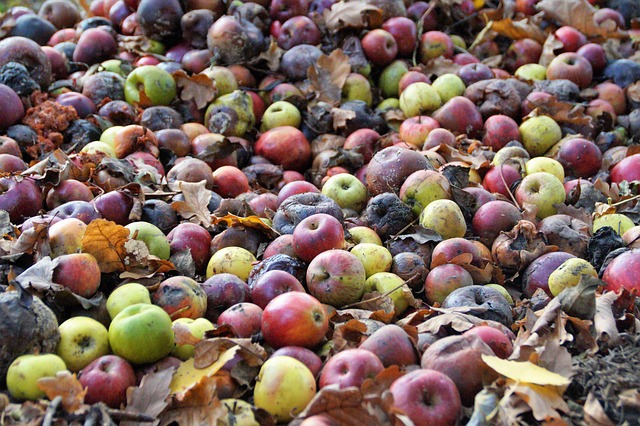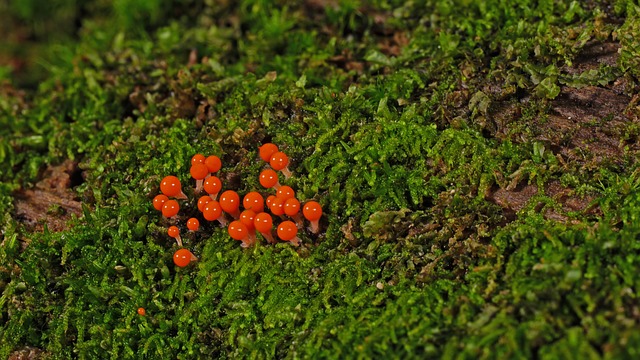For Seguin homeowners with mold issues, understanding the difference between mold remediation and inspection is vital. Inspection involves a detailed assessment using specialized tools to identify mold type, source, and cause. Remediation focuses on removing existing mold using HEPA filtration systems and addressing underlying conditions to prevent future growth. Both are essential for indoor air quality, offering Seguin residents effective mold mitigation and a healthier home environment.
Seguin homeowners often face the dilemma of navigating mold issues, which prompts the question: is mold remediation or inspection the first step? This article unravels the intricacies, focusing on HEPA filtration systems as a game-changer in mold control. We explore the basics of mold remediation and delve into how High-Efficiency Particulate Air (HEPA) filters can effectively mitigate mold concerns for Seguin residents. Additionally, we compare mold inspection techniques to highlight the best approach for addressing indoor air quality.
- Understanding Mold Remediation Basics
- HEPA Filters: A Deep Dive for Seguin Homes
- Comparing Mold Inspection vs. Remediation Techniques
Understanding Mold Remediation Basics

For Seguin homeowners facing mold issues, understanding the distinction between mold remediation and mold inspection is crucial. While both processes are essential in addressing indoor air quality, they serve different purposes. Mold inspection involves a thorough assessment to identify the extent of mold growth and determine its type. Professionals use various tools like moisture meters and swab tests to collect samples for analysis, helping to pinpoint the source and cause of mold development.
In contrast, mold remediation focuses on the actual removal and cleanup process. Once identified through inspection, qualified technicians employ specialized equipment, such as HEPA (High-Efficiency Particulate Air) filtration systems, to eliminate mold spores and contaminated materials. HEPA filters are particularly effective in capturing microscopic particles, ensuring that the air is cleaner and safer for residents after remediation. This step ensures that not only the visible signs of mold are removed but also the underlying conditions that allowed its growth are addressed.
HEPA Filters: A Deep Dive for Seguin Homes

For Seguin homeowners facing mold issues, understanding the difference between mold remediation and mold inspection is crucial. While both processes are essential components in addressing indoor air quality, they serve distinct purposes. Mold inspection involves a thorough evaluation to identify mold growth, determine its extent, and assess potential sources. This step is critical for Seguin residents to pinpoint problem areas and understand the scope of the issue.
In contrast, mold remediation focuses on removing mold from affected areas and preventing future growth. HEPA (High-Efficiency Particulate Air) filtration systems play a pivotal role in this process. These advanced filters capture and eliminate microscopic mold spores, ensuring cleaner air as well as a healthier living environment for Seguin homeowners. By combining efficient mold inspection with targeted remediation techniques, including HEPA filtration, residents can effectively mitigate the risks associated with mold and enjoy improved indoor comfort.
Comparing Mold Inspection vs. Remediation Techniques

Many Seguin homeowners often wonder about the difference between a mold inspection and remediation. While both are crucial in managing indoor mold, their purposes vary significantly. A mold inspection involves a thorough evaluation of your home’s air quality and surfaces to identify the presence, type, and extent of mold growth. Professionals use specialized equipment and techniques during this process to detect even hidden or hard-to-reach mold colonies. In contrast, mold remediation focuses on eliminating existing mold and restoring affected areas to a safe, healthy condition.
This involves a multi-step process including containment (isolating the affected area), decontamination (removing moldy materials), cleaning surfaces, and using HEPA filtration systems to ensure air quality. Comparing these two techniques is like choosing between detecting a problem and solving it—both are essential for maintaining a healthy living environment. For Seguin homeowners concerned about mold, understanding these differences can help guide their decision-making process when aiming to protect their property and well-being.
When it comes to addressing indoor air quality issues, understanding the distinction between mold remediation and inspection is key for Seguin homeowners. While mold inspection identifies the problem, remediation involves implementing solutions like HEPA filtration systems to mitigate and prevent further growth. For those facing mold concerns, prioritizing both steps is crucial for a healthier home environment. This article has explored these concepts, highlighting how Seguin residents can effectively navigate the process of mold remediation vs. inspection using advanced tools like HEPA filters, ensuring a safer and more comfortable living space.
